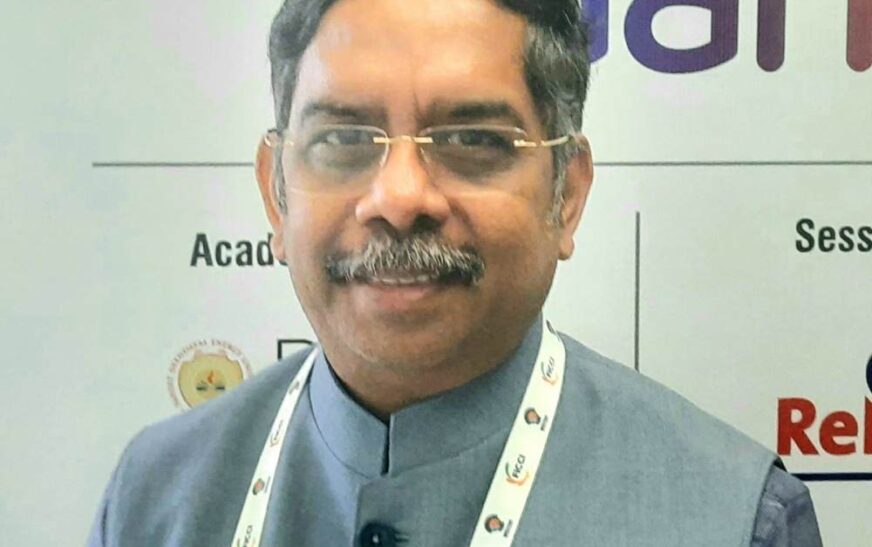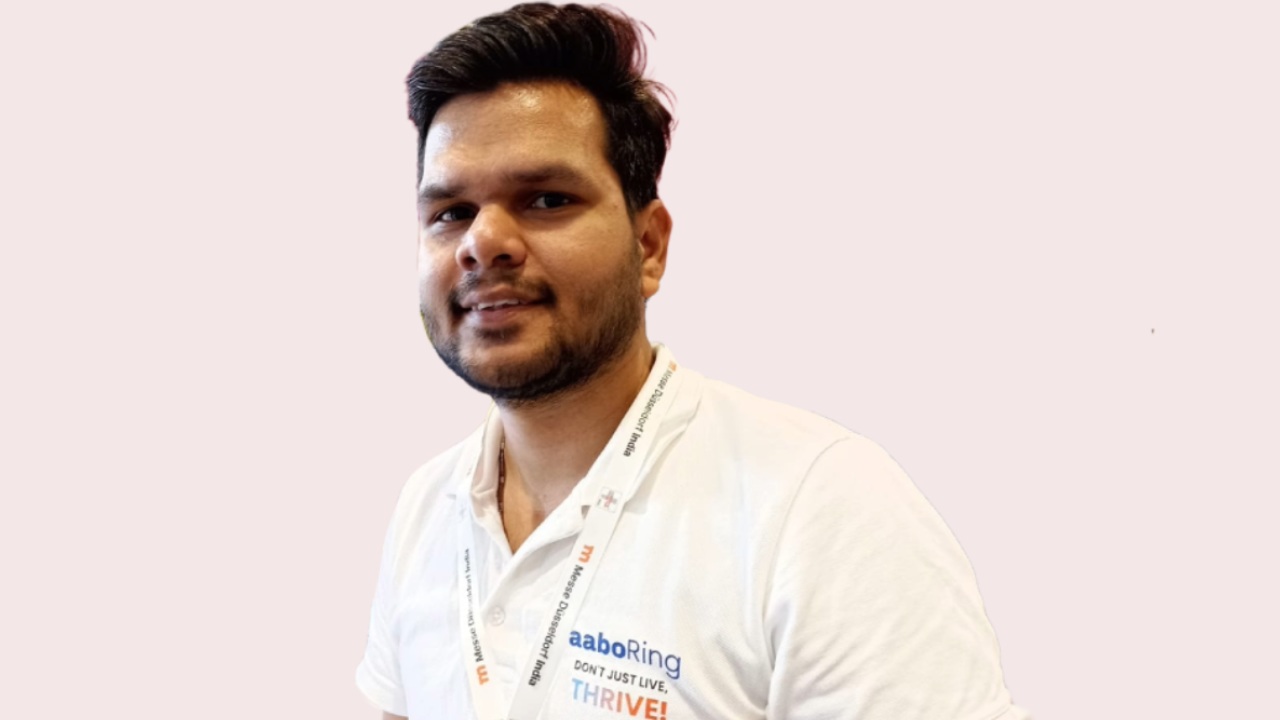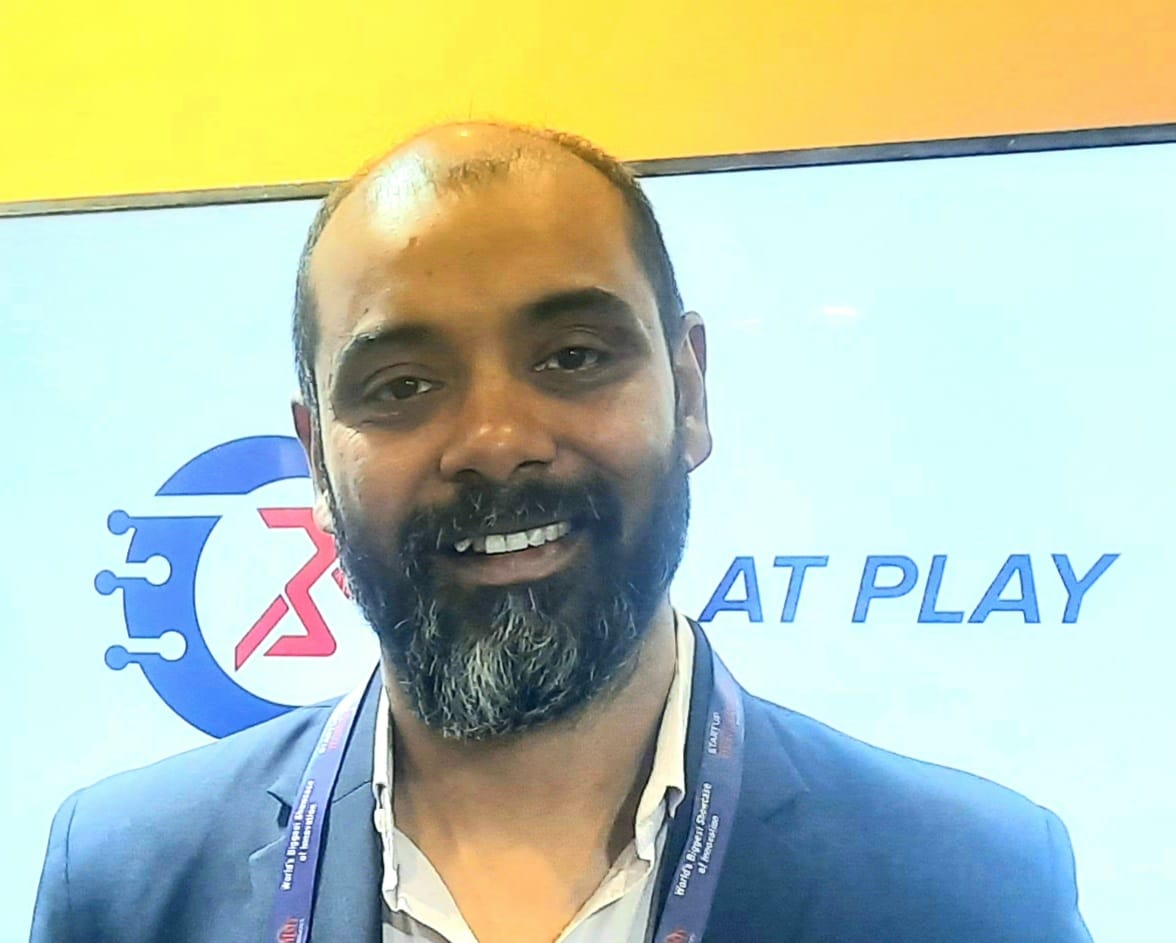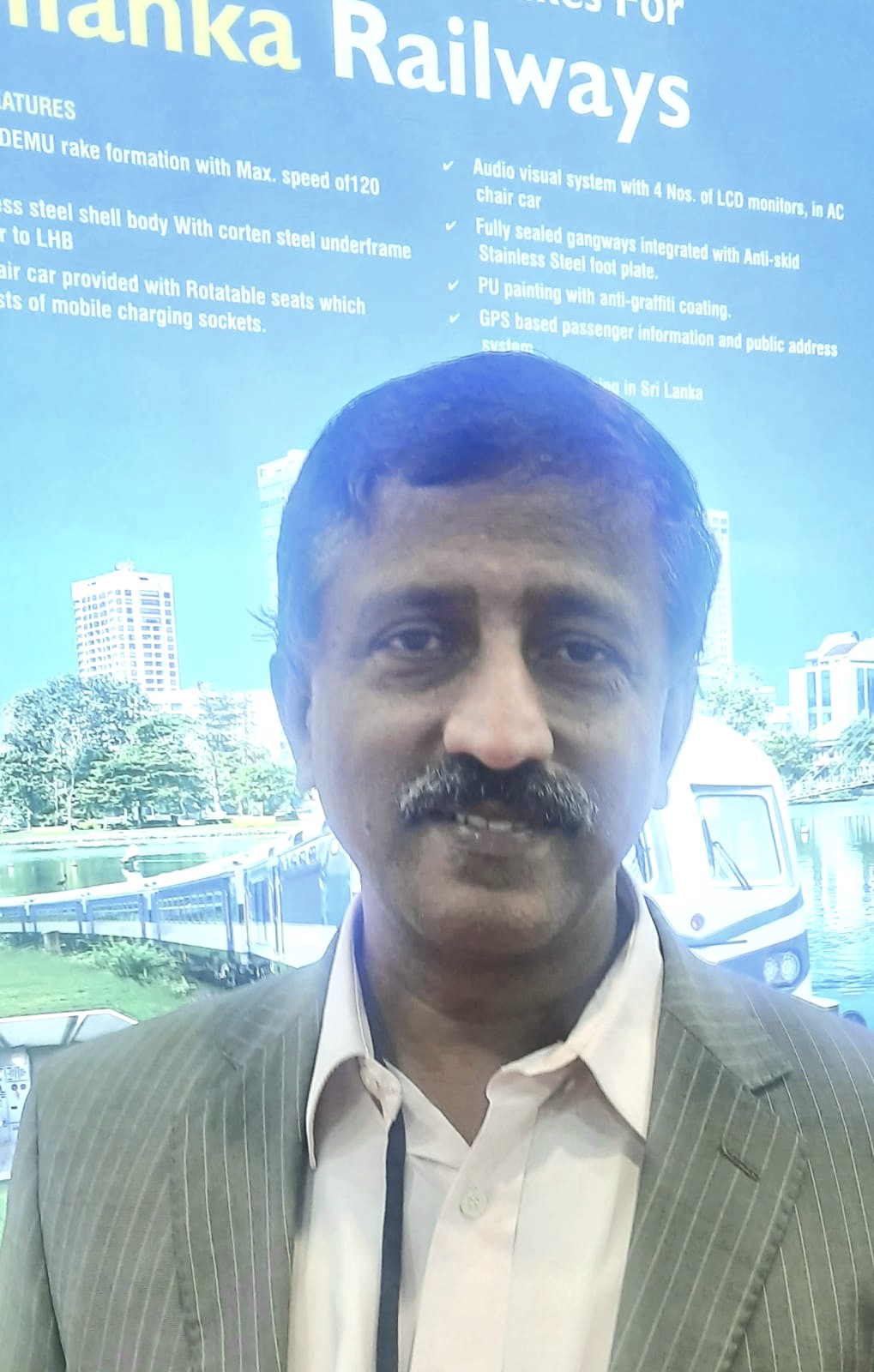Dr. S. Sundar Manoharan stands at the forefront of scientific innovation as the Director General of Pandit Deendayal Energy University (PDEU). With over 30 years of exemplary experience in research and higher education, he is a distinguished authority in nanoscience, materials science, and renewable energy. His contributions are not just pioneering; they are transformative.
Throughout his illustrious career, Dr. Manoharan has held prestigious roles, including professor at IIT Kanpur and Vice-Chancellor at several universities, including Karunya, Periyar Maniammai, and Sathyabama. He founded the UGC-funded National Center for Nanoscience and Nanotechnology at the University of Mumbai and has enriched academia as a visiting professor at globally recognized institutions, including NUS Singapore and UC Berkeley.
His groundbreaking work has garnered numerous accolades. These include the Innovation Gold Medal from the Department of Science and Technology and the Global Indus Techno-Innovators Award from MIT. His key research areas include cutting-edge nanomaterials for energy storage, healthcare, and sustainability.
Under his leadership, PDEU has flourished, fostering interdisciplinary research and industry collaboration. Dr. Manoharan is shaping the next generation of innovators, emphasizing energy innovation as a crucial weapon in the fight against climate change and energy insecurity.
In an exclusive exchange with The Interview World at the Bharat R&D Summit 2024, hosted by FICCI, Dr. Manoharan discusses PDEU’s initiatives to support startups and entrepreneurs, highlights the trajectory of Indian deep-tech startups, and accents India’s efforts in renewable energy innovation to achieve the UN‘s Sustainable Development Goals (SDGs). He also sheds light on the challenges of lithium disposal and India’s strategies to address these issues. Here are the key insights from this thought-provoking conversation.
Q: What kind of resources, support, and programs does your university offer for startups and entrepreneurs?
A: We provide comprehensive 360-degree support for startups, beginning from the ideation stage. Our approach is inclusive, as we don’t limit support to just our students or faculty. As the nodal agency for the Government of Gujarat and the Government of India, we facilitate equal funding from the Department of Science and Technology (DST) at both state and central levels. We are currently supporting around 120 startups, with 45 have successfully graduated. Many of these startups have scaled their businesses to the next level, with a significant number based in Gujarat.
One notable example is a startup installing solar trees for public space energy harvesting, has a turnover of ₹20 crores. Our ideation process starts, followed by the provision of startup grants. As the startup matures, we bring in angel investors, and at key growth stages, the government also provides additional support. We have also multiple formats for evaluating technologies, enabling us to provide gross funding of up to ₹1-2 crores.
At the right time, we also facilitate matchmaking between startups and industry partners, ensuring seamless integration and growth. Furthermore, our 360-degree model ensures that anyone with a brilliant idea can scale their business effectively.
Q: Given the disruptive potential of deep tech, how do you perceive the current trajectory of Indian startups in this space, and do you think India is moving in the right direction to foster innovation in deep tech?
A: Deep tech serves as a common denominator across critical sectors—energy, health, food, and water—creating a profound impact in each. In healthcare, deep tech has the potential to significantly reduce the cost of many interventions due to its advanced technologies. However, its adoption will likely progress faster in sectors like energy, where evaluation and implementation are quicker. In contrast, the healthcare industry requires rigorous clinical validations and approvals, which can slow down the process due to multiple mitigations.
One of the key advantages of deep tech is its ability to streamline the journey from product innovation to commercialization. This reduces the time and resources required to bring a product to market. Additionally, deep tech optimizes manpower resources, especially in challenging scenarios such as disaster management. Moreover, deep tech becomes valuable in managing crises by minimizing human casualties and interventions.
During pandemics and other widespread emergencies, deep tech ensures the continued operation of society, performing tasks that would be impossible for humans under certain conditions. Rather than replacing human manpower, deep tech empowers us to function more effectively, enhancing our ability to navigate and mitigate complex challenges.
Q: With renewable energy playing a critical role in achieving SDG goals, how does India rank globally in research and innovation in renewable energy?
A: The Prime Minister’s vision for renewable energy targets 500 gigawatts (GW) by 2030. We have achieved 200 GW. Through the Viksit Bharat Mission, we aim to reach the remaining 300 GW. This ambitious goal can be realized by 2030, with a full transition seems to be completed by 2047.
Of the 300 GW still required, 40% will come from solar energy, while the rest will be sourced from other sectors such as wind, hydroelectric power, and pumped storage. These sectors are expected to see significant growth. Increasingly prominent areas include green hydrogen and biofuels, which will also play a role. However, solar will continue to dominate the energy mix.
We are also witnessing the rise of hybrid energy systems, such as solar and wind combinations, and even solar, wind, and green hydrogen hybrids. The government’s focus is not only on energy generation but also on addressing the critical challenge of energy storage. Retaining energy generated beyond solar hours has become essential, making energy storage a key priority. All of this progress is set to unfold over the next 5 to 10 years.
Q: Given the challenges associated with lithium disposal, how is India addressing this issue, and what strategies or technologies are being developed to manage it sustainably?
A: Lithium disposal poses significant challenges, and its limitations become evident when considering grid-scale applications. For large-scale energy storage, we must explore alternatives beyond lithium. This is where diverse energy storage technologies come into play. Pumped storage, widely regarded as the most effective solution, tops the list. While lithium serves as the minimum standard, we must integrate other technologies, such as flow batteries, to bridge the gap.
For grid-scale energy storage, relying solely on lithium is insufficient. Although lithium is proven, adaptable, and widely used, it cannot support large-scale grid applications beyond 1 or 2 megawatts. Hybrid energy storage systems are essential for meeting gigawatt-level demands. These could include combinations like lithium with flow batteries or lithium with pumped storage. The need for such hybrid solutions is urgent, and now is the ideal time to validate these new technologies in the market.
For example, gigafactories in Jamnagar are adopting advanced technologies that move beyond lithium, incorporating sodium-sulfur and iron-chloride batteries. This shift marks the emergence of innovative storage technologies, centered around flow batteries, poised to redefine the energy storage landscape.








